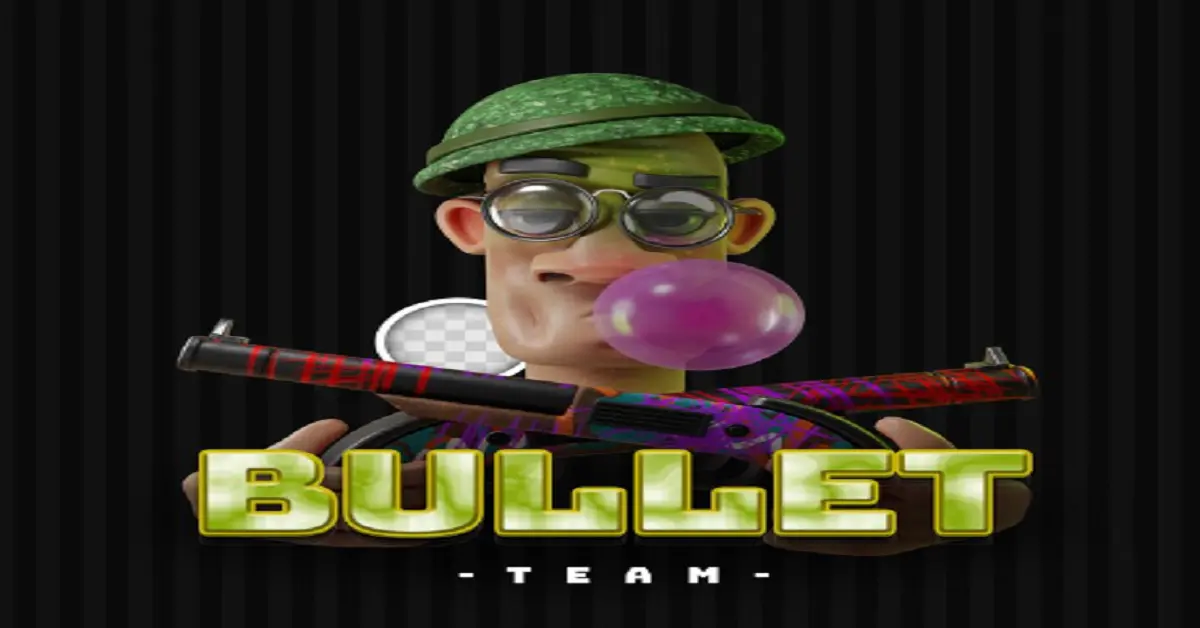Counter-Strike 1.6 (2003) Game Icons and Banners

counter-strike 1.6 (2003) game icons banners, is a game that stands as a cornerstone in the world of first-person shooters (FPS). Even though gaming technology has evolved significantly since its release, the game still holds a special place in the hearts of many players. A huge part of this connection comes from its iconic design, specifically its game icons and banners. But why are these seemingly simple graphics still so important? Let’s take a deep dive into the world of Counter-Strike 1.6 and explore the icons and banners that contributed to its lasting legacy.
History of Counter-Strike 1.6 (2003)
Counter-Strike began its life as a mod for Half-Life, but due to its immense popularity, it soon became a standalone game. When Counter-Strike 1.6 was officially released in 2003, it was a massive success, receiving global recognition. The game introduced many players to competitive gaming, and its tactical gameplay, fast-paced action, and community-driven mods made it a timeless classic.
The Role of Icons and Banners in Gaming
Before diving into the specifics of Counter-Strike 1.6, it’s important to understand the role that icons and banners play in gaming. These visual elements are much more than just decoration; they provide players with an immediate sense of identity. Game icons are the tiny images you see on your desktop or in your library, while banners appear in various locations, such as loading screens, promotional materials, and fan-made content. They help to create a recognizable image that players can associate with, giving the game its visual identity.
Visual Identity in Counter-Strike 1.6
Counter-Strike 1.6’s visuals may seem dated by today’s standards, but back in 2003, they were groundbreaking. The game’s visual elements, including its icons and banners, helped set the tone for its gameplay experience. The game icon—the silhouette of a soldier with a rifle—instantly conveys the theme of combat and strategy, while the banners often featured team logos, guns, or memorable maps.
Evolution of Game Icons
Game icons have evolved tremendously over the years, but their purpose remains the same: to represent the game in a simple, instantly recognizable form. Icons need to capture the essence of a game in a small, square image, which can be challenging. In 2003, Counter-Strike 1.6’s icon was a pioneer in this field, providing a clean and effective representation of the game’s intense action.
Counter-Strike 1.6 Game Icon
The Counter-Strike 1.6 icon is simple yet effective. It shows a soldier in silhouette, armed and ready for combat. This minimalistic approach was intentional, as it needed to be clear even at small resolutions. The color scheme of black and yellow not only contrasted well, making the figure stand out, but also became synonymous with the game itself. Over time, this icon has become one of the most recognizable symbols in gaming.
Counter-Strike 1.6 Banners
Banners in Counter-Strike 1.6 were not as prominently used as today’s games, but they still played a significant role. Whether in clan websites, fan forums, or in-game during esports events, banners often featured the game’s logo, team names, and iconic imagery. A common feature of these banners was the inclusion of memorable maps, like “de_dust2,” which is one of the most famous FPS maps in gaming history.
Community and Modding: Creating Custom Icons and Banners
One of the most enduring features of Counter-Strike 1.6 is the community’s ability to mod the game. The community became deeply involved in creating custom icons and banners, giving players more personalization options. Clan logos, custom map banners, and fan art were just a few ways the community kept the game alive and visually diverse.
Memorable Fan-Made Icons and Banners
The community’s creativity brought about some incredible designs. Fan-made icons that incorporated team logos or new silhouettes were widely shared across gaming forums. Custom banners featuring artwork from fan-favorite maps or weapons were another fan favorite, adding new life to the game’s visual presentation. counter-strike 1.6 (2003) game icons banners
Technical Aspects of Icons and Banners
Back in 2003, technology wasn’t as advanced as it is today, so icons and banners had to fit within certain resolution limits. The typical resolution for icons was 32×32 pixels, a small space to work with. This constraint made it even more important to create simple, effective designs that would not lose clarity when scaled down.
Counter-Strike 1.6 in Popular Culture
Counter-Strike 1.6 wasn’t just a game; it became a cultural phenomenon. From being referenced in TV shows and movies to influencing competitive esports, Counter-Strike 1.6 had a far-reaching impact. Its game icon and banners became a symbol of the competitive spirit, influencing how future games would approach their branding.
Impact of Counter-Strike 1.6’s Visual Identity on Future Games
The visual identity of Counter-Strike 1.6, especially its iconic imagery, has had a lasting impact on how future first-person shooters design their branding. Games like Call of Duty and Rainbow Six have taken cues from Counter-Strike’s minimalist, yet powerful, use of icons and banners.
The Nostalgia Factor
Nostalgia plays a big role in why so many people still adore the original Counter-Strike 1.6. For long-time players, seeing the game’s iconic imagery—whether it’s the logo, the banner, or the map art—brings back memories of late-night gaming sessions and LAN parties.
Counter-Strike 1.6 in the Competitive Scene
Counter-Strike 1.6 wasn’t just about casual fun; it was one of the early pioneers in the world of esports. The game’s banners and logos were displayed prominently during tournaments, creating a visual identity that fans could rally behind. Even today, many competitive players and teams pay homage to Counter-Strike 1.6 by incorporating its designs into their branding.
Conclusion
counter-strike 1.6 (2003) game icons banners legacy extends far beyond its gameplay. The game’s icons and banners played a crucial role in shaping its identity, creating a visual language that players still recognize today. Whether it’s the soldier silhouette of the game’s icon or a fan-made banner, these visual elements have cemented their place in gaming history.